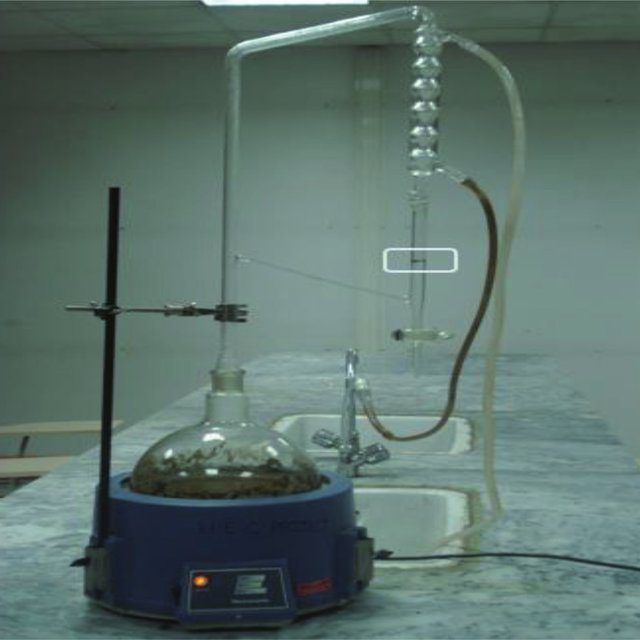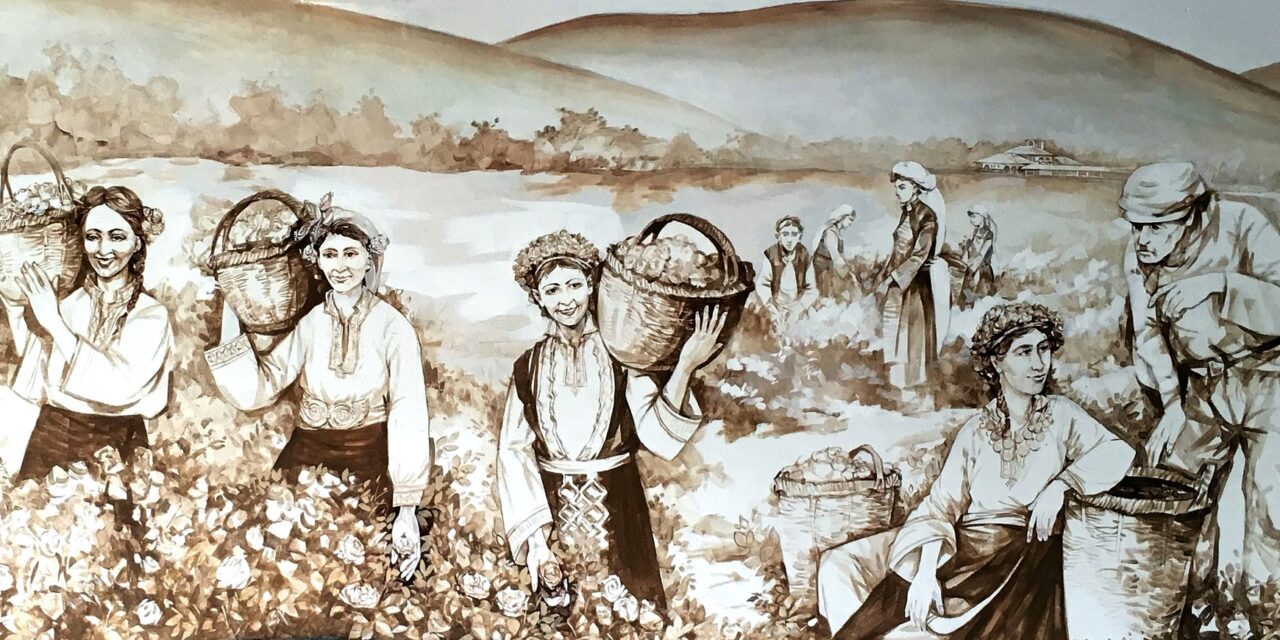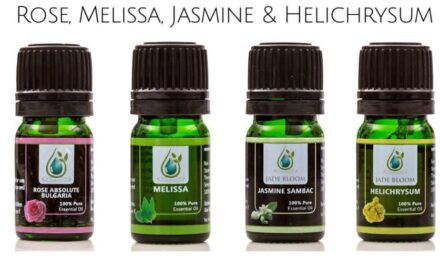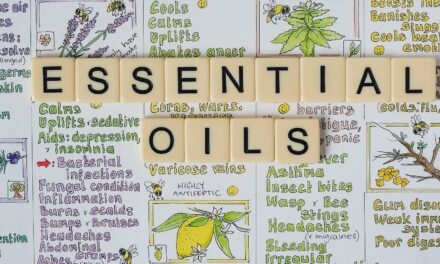How essential oils are extract
Properly extracting essential oils from the raw ingredients produced by mother nature is a delicate procedure requiring chemical knowledge and experience artisan and proper equipment.
Essential oils often become adulterated during this process rendering them impure less effective than their 100% pure counterpart and possibly even unhealthy for our bodies.
While there are many different methods of extracting essential oils in this content.
We’ll focus on the two most common methods used.
- Hydro distillation
- Microwave Assisted Hydro distillation
by jade bloom for ninety-five percent of the oils offered steam distillation and cold pressing steam distillation combines the use of pressure and steam to extract the essential oils.
Even though the concept is rather simple the process is complex and perfecting it can be very difficult.

Hydro distillation
Let’s discuss the simplicity of this procedure before we discuss how the complexity can be problematic raw ingredients are placed inside a stainless-steel cooking chamber.
Where the steam passes over the materials the steamed slowly breaks through the plant material and removes volatile constituents as these constituents are freed from the plant.
They rise upward in their gaseous form through a connecting pipe that leads into a condenser.
The chilled condenser cools the rising vapor back into its liquid form known as essential oil.
Where it can be easily collected from the surface of the water a few essential oils.
Such as clove are heavier than water where then the procedure requires that the oil be siphoned from the bottom of the water tank.
Microwave Assisted Hydro distillation
producing 100% pure essential oil with steam distillation requires that the pressure in the chamber be perfect the temperature of the steam be perfect and the time the raw ingredients are exposed to the steam be perfect.
For example, the rare Kashmir lavender from the Himalayan mountains distilled by jade bloom reaches. Its temperature at 245° Fahrenheit three pounds per square inch pressure during two hours of distillation perfected distillation temperatures pressures.
And times differ from plant to plant cold pressing also referred to as expression is how jade bloom extracts the oils from the rinds of its citrus essential oils.
And seeds of many of its carrier oil heat is still used in this process. But at a colder temperature than steam distillation cooler temperatures around 120° Fahrenheit are often the gold standard for perfecting this procedure.

The slightly heated materials are placed in a container. Where it’s pricked and punctured by a rotating device with spikes, when the materials are punctured they release the essential oil into a container below machines.
Using centrifugal force will then separate the juice from the essential oil.
We’ve discussed a few ways that essential oils may become adulterated during the distillation or expression procedures.
Here are a few other common ways that distillers can get it wrong in an effort to cut their costs distillers will Rida still.
The same materials multiple times the oil university only recommends using essential oils from the first distillation.
But note that some distillers will produce less effective adulterated essential oils by Rida stealing.
The same batch of raw ingredients to three or even four times also some distillers will source non-organic raw materials for distilling.
That often contain pesticides or other harmful chemicals while it is cheaper to source these materials. It’s important to note that any chemicals contained on or in the raw materials being distilled will represent themselves in an adulterated essential oil.






you’re in point of fact a just right webmaster. The website loading pace is incredible. It seems that you’re doing any distinctive trick. Furthermore, The contents are masterpiece. you have done a magnificent process on this topic!
hey there and thank you to your information – I’ve certainly picked up anything new from proper here. I did on the other hand expertise several technical points using this website, as I experienced to reload the web site many instances prior to I may just get it to load properly. I have been wondering if your hosting is OK? Now not that I am complaining, however sluggish loading circumstances occasions will often affect your placement in google and can injury your high quality ranking if advertising and ***********|advertising|advertising|advertising and *********** with Adwords. Anyway I am including this RSS to my e-mail and could glance out for a lot more of your respective interesting content. Make sure you replace this once more soon..
Hello.This post was really fascinating, especially because I was searching for thoughts on this matter last Monday.
Good day! This is my 1st comment here so I just
wanted to give a quick shout out and say I genuinely enjoy reading your articles.
Can you suggest any other blogs/websites/forums that cover the same topics?
Thank you!
Thank you for your sharing. I am worried that I lack creative ideas. It is your article that makes me full of hope. Thank you. But, I have a question, can you help me?
This article offers a fascinating perspective on the subject. The depth of research and clarity in presentation make it a valuable read for anyone interested in this topic. It’s refreshing to see such well-articulated insights that not only inform but also provoke thoughtful discussion. I particularly appreciated the way the author connected various aspects to provide a comprehensive understanding. It’s clear that a lot of effort went into compiling this piece, and it certainly pays off. Looking forward to reading more from this author and hearing other readers’ thoughts. Keep up the excellent work!
Fantastic article! I appreciate how clearly you explained the topic. Your insights are both informative and thought-provoking. I’m curious about your thoughts on the future implications of this. How do you see this evolving over time? Looking forward to more discussions and perspectives from others. Thanks for sharing!
Great article! I appreciate the clear and insightful perspective you’ve shared. It’s fascinating to see how this topic is developing. For those interested in diving deeper, I found an excellent resource that expands on these ideas: check it out here. Looking forward to hearing others’ thoughts and continuing the discussion!
I don’t think the title of your article matches the content lol. Just kidding, mainly because I had some doubts after reading the article.
Thank you for your sharing. I am worried that I lack creative ideas. It is your article that makes me full of hope. Thank you. But, I have a question, can you help me?
Your point of view caught my eye and was very interesting. Thanks. I have a question for you.
I truly wanted to post a small word to thank you for all of the marvelous ideas you are sharing at this site. My prolonged internet look up has now been rewarded with reasonable suggestions to exchange with my companions. I ‘d mention that we readers actually are undeniably fortunate to exist in a fine site with very many lovely individuals with interesting techniques. I feel very lucky to have seen the web site and look forward to some more fabulous times reading here. Thank you once more for a lot of things.
Thanks for sharing. I read many of your blog posts, cool, your blog is very good.
With havin so much written content do you ever run into any problems of plagorism or copyright infringement? My website has a lot of unique content I’ve either written myself or outsourced but it looks like a lot of it is popping it up all over the internet without my authorization. Do you know any techniques to help protect against content from being stolen? I’d definitely appreciate it.
The unique perspective is as intriguing as a mystery novel. Can’t wait to read the next chapter.
The take on hard to understand topics is like a smooth ride in a luxury car—comfortable, yet exhilarating.
Your point of view caught my eye and was very interesting. Thanks. I have a question for you.
Hey very nice blog!! Man .. Excellent .. Amazing .. I will bookmark your site and take the feeds also…I’m happy to find numerous useful information here in the post, we need develop more techniques in this regard, thanks for sharing. . . . . .
The ability to connect with readers is like a secret handshake, making us feel part of an exclusive club.
This is the most thorough piece I’ve read on the topic. The dedication to research is admirable.